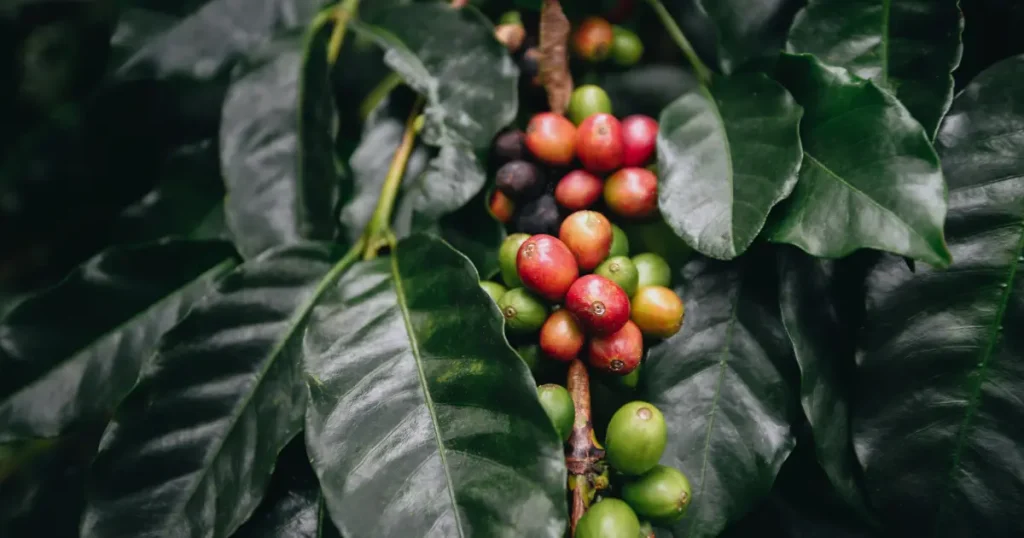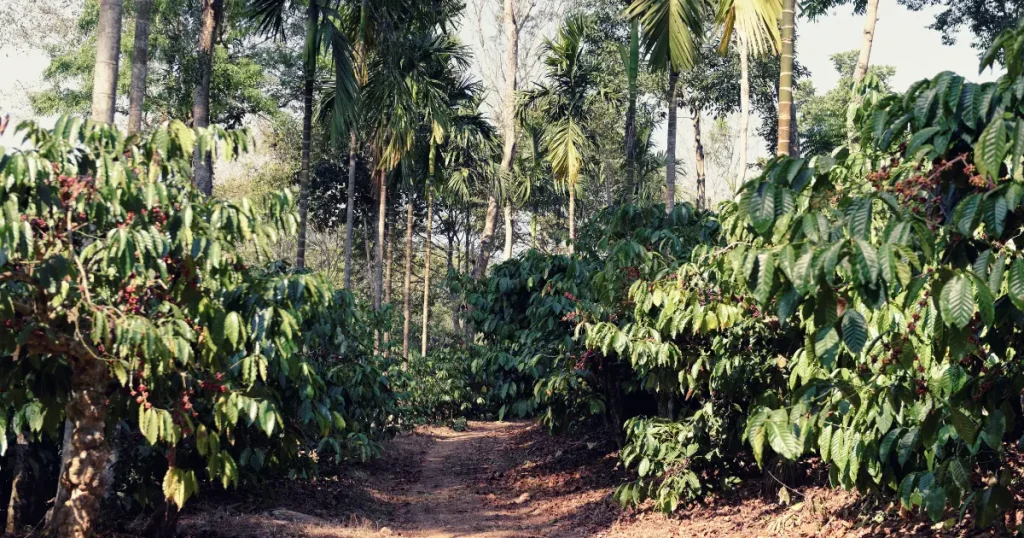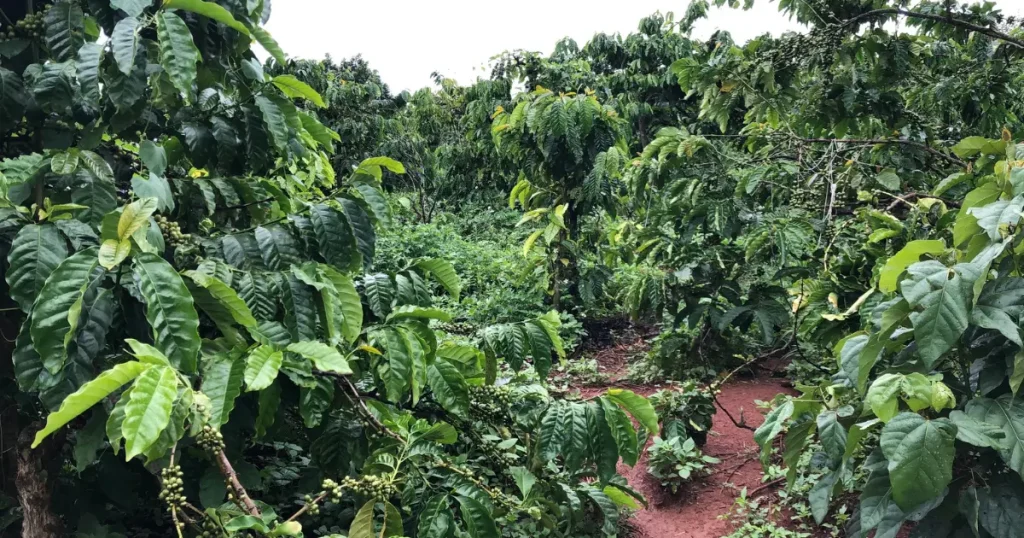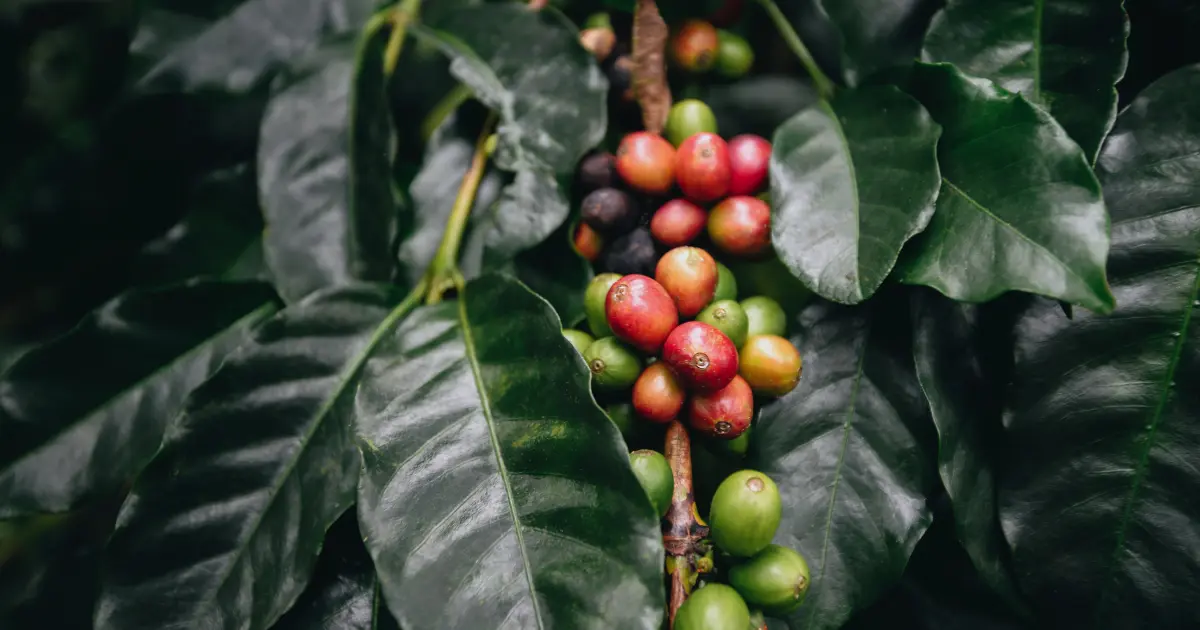Major Coffee Producing Regions in India: A Comprehensive Guide
With a variety of growing regions and production methods, India’s coffee industry has become a major contributor to the global market. Explore the heartlands of Indian coffee with our comprehensive guide to the major coffee producing regions in India. In this blog post, we will take a closer look at three of the major coffee producing regions in India: Karnataka and Chikkamagaluru district, Kerala and Wayanad district, and Tamil Nadu and the Nilgiri hills.
Coffee production in India has seen significant growth in recent years, thanks to the country’s favorable climate and growing conditions. Today, India is the sixth-largest coffee producer in the world, with a production of around 3.5 lakh metric tonnes annually. The coffee industry employs over 2.5 lakh people and generates a revenue of around INR 25 billion.
1. Karnataka and Chikmagalur district

Karnataka is the largest coffee producing state in India, accounting for nearly 70% of the country’s coffee production. The Chikkamagaluru district, located in the Western Ghats of Karnataka, is considered the birthplace of coffee in India. The district has a long and rich history of coffee cultivation, and the local climate and soil conditions make it ideal for growing high-quality Arabica coffee.
According to the Coffee Board of India, Chikkamagaluru district produces around 35,000 metric tonnes of coffee annually. Coffee cultivation in the district is predominantly done by small-scale farmers, who use sustainable and eco-friendly methods to grow and harvest their crops. The coffee produced in Chikkamagaluru is known for its rich aroma, full-bodied flavor, and low acidity.
2. Kerala and Wayanad district

Kerala is another major coffee producing state in India, with the Wayanad district being the primary coffee growing region. Wayanad is located in the Western Ghats and shares a border with Karnataka. The district is known for its natural beauty and biodiversity, with dense forests and numerous rivers providing ideal conditions for coffee cultivation.
According to the Coffee Board of India, Wayanad produces around 18,000 metric tonnes of coffee annually. The district is known for its high-quality Robusta coffee, which has a strong, earthy flavor and is commonly used in blends. Coffee cultivation in Wayanad is predominantly done by small-scale farmers, who use traditional methods and often work in cooperatives.
3. Tamil Nadu and the Nilgiri hills

Tamil Nadu is a significant coffee producing state in India, with the Nilgiri hills being the primary coffee growing region. The Nilgiri hills are located in the Western Ghats and share a border with Kerala and Karnataka. The region has a long history of coffee cultivation, dating back to the 19th century.
According to the Coffee Board of India, the Nilgiri hills produce around 6,500 metric tonnes of coffee annually. The region is known for its high-quality Arabica coffee, which has a delicate flavor and aroma. Coffee cultivation in the Nilgiri hills is predominantly done by small-scale farmers, who use traditional methods and often work in cooperatives.
Conclusion
India has a long and rich history of coffee cultivation, and the country’s coffee industry has become a major contributor to the global market. Karnataka, Kerala, and Tamil Nadu are three of the major coffee producing regions in India, each with its unique growing conditions, production methods, and coffee varieties. As the demand for high-quality coffee continues to grow, India’s coffee industry is well-positioned to meet the needs of the global market.






